How Do Lasers Treat Large Pores
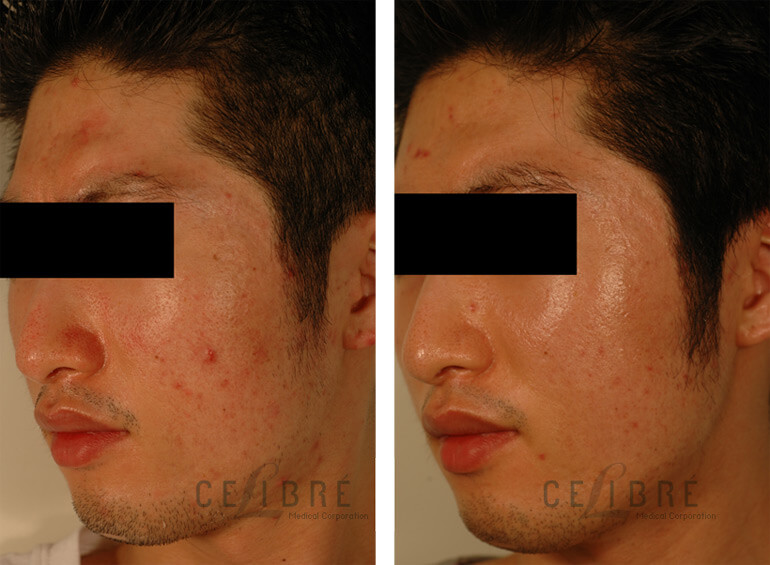
Can Lasers Shrink Pore Size? Pore size is partly determined by genetics. Some have large pores and some have small. Pores ize is also affected by age and generally older patients with less pliable skin will have larger pores. There are options to help improve the appearance of large pores and lasers are one. What […]
How Many Treatments for Acne Scarring?
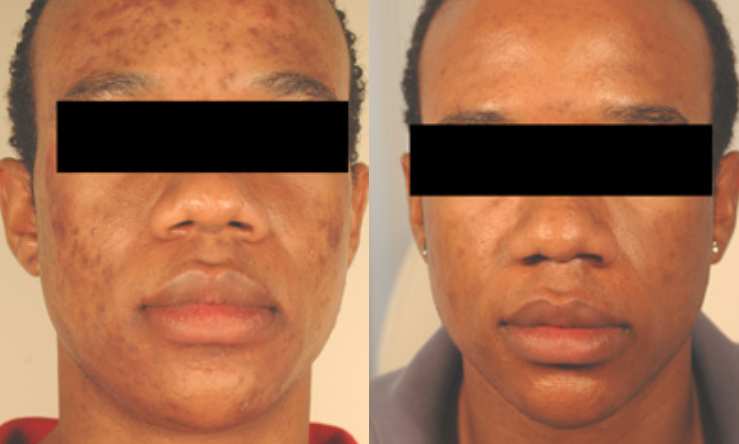
We have many patients like you seeking help for their acne scars. They want to see scars gone and gone fast. We understand. Living with the emotional pain of acne scarring is difficult and we are truly passionate about providing treatments for our patients that are highly effective and tailored for their lifestyles and budgets. […]
What are the Top Three Lasers for Tattoo Removal?
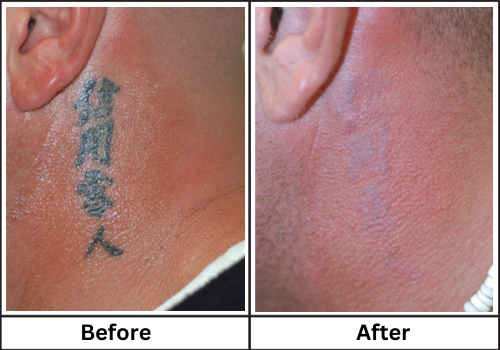
If you’re considering laser tattoo removal to get rid of an unwanted tattoo, you might want to know what lasers work well. Laser tattoo removal can be a bit of a complicated thing; no doubt you’ve come across a lot of information and are a bit confused about what laser might be best for your […]
When Should I Choose Laser over IPL?
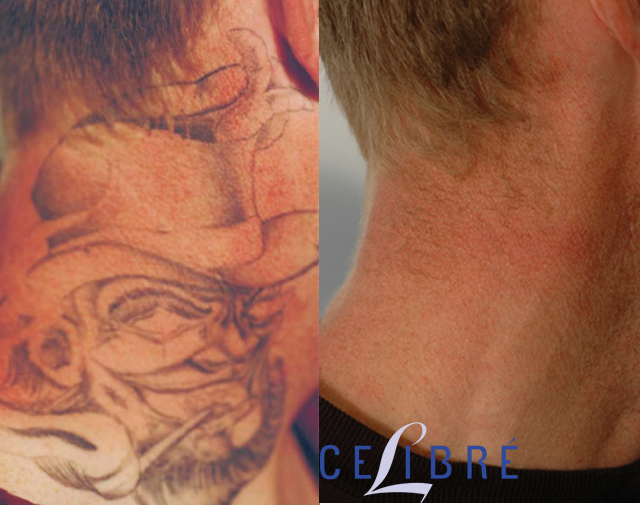
Laser or IPL: Selecting the Ideal Skin Treatment If you’re thinking about having a laser or IPL treatment, then we have no doubt that you’ve come across both these terms and asked yourself – “What’s the difference between laser and IPL?” It’s one that we hear in our office every day! First, it’s important to […]
Laser Resurfacing for the Eyes
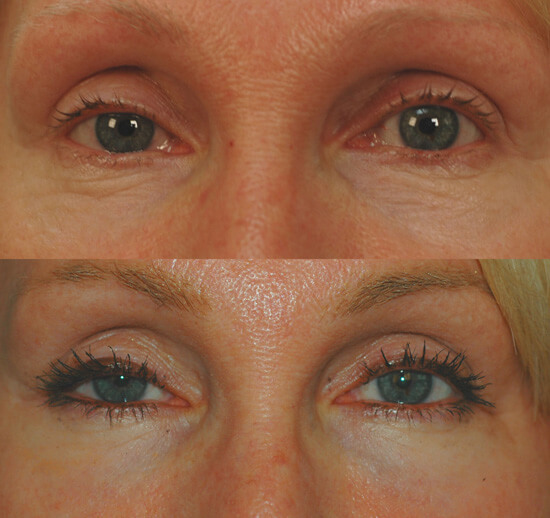
If your eyes are “seeing” their age, it may be time to consider doing something to give yourself a more youthful, rested and refreshed appearance. Eye surgery? Not always. If you’re a good candidate, laser resurfacing can take years off your appearance with minimal downtime. The answer is a procedure known as fractional laser resurfacing. […]
Can Port Wine Stains be Treated with Lasers?

If you’re not sure exactly what a port wine stain is, then chances are you don’t have one. These are small to large, red or purple birthmarks that can be almost any shape and are commonly located on the face, although they can affect any part of the body. They are usually present at birth. […]
How Does Laser Acne Treatment Work?
The role of lasers for acne treatment is twofold. First, lasers kill acne bacteria. Without bacteria, acne lesions cannot form. P.acne bacteria is naturally occurring in the skin and by using heat energy from lasers, acne bacteria is controlled. It is important to realize that controlling acne bacteria is only a temporary solution for controlling […]
Sclerotherapy or Lasers for Spider Veins?
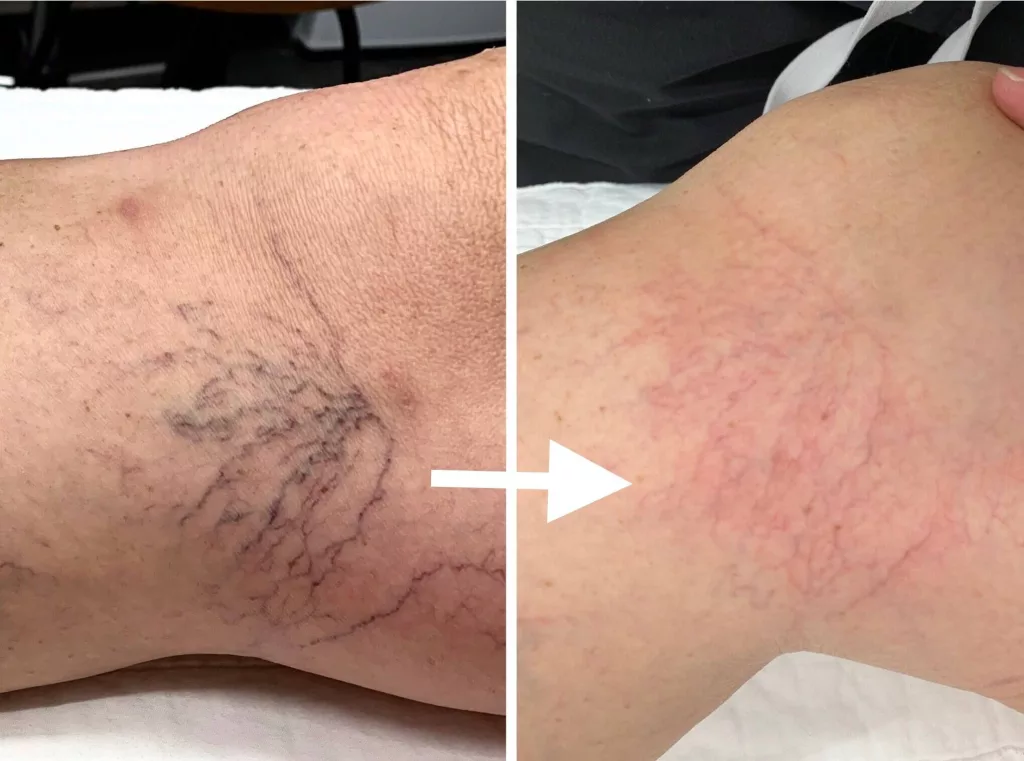
Having embarrassing spider veins on your legs can really affect your life. They may keep you from wearing the clothes you love or from going to the gym or pool. Many patients like you suffer with spider veins. And no matter what kind of physical shape you’re in, genetics and previous pregnancies are often the […]
What Can I Do to Improve the Size of My Pores as I Age?

Have you ever looked closely at a child’s skin? It’s perfectly smooth, taut and rarely can you see the individual pores. An adult’s skin—especially someone past the age of 40 or 50—well, let’s just say it’s a different story. Time takes its toll on us, most notably on our facial skin. Why? Because your face […]
The Story Behind Acne
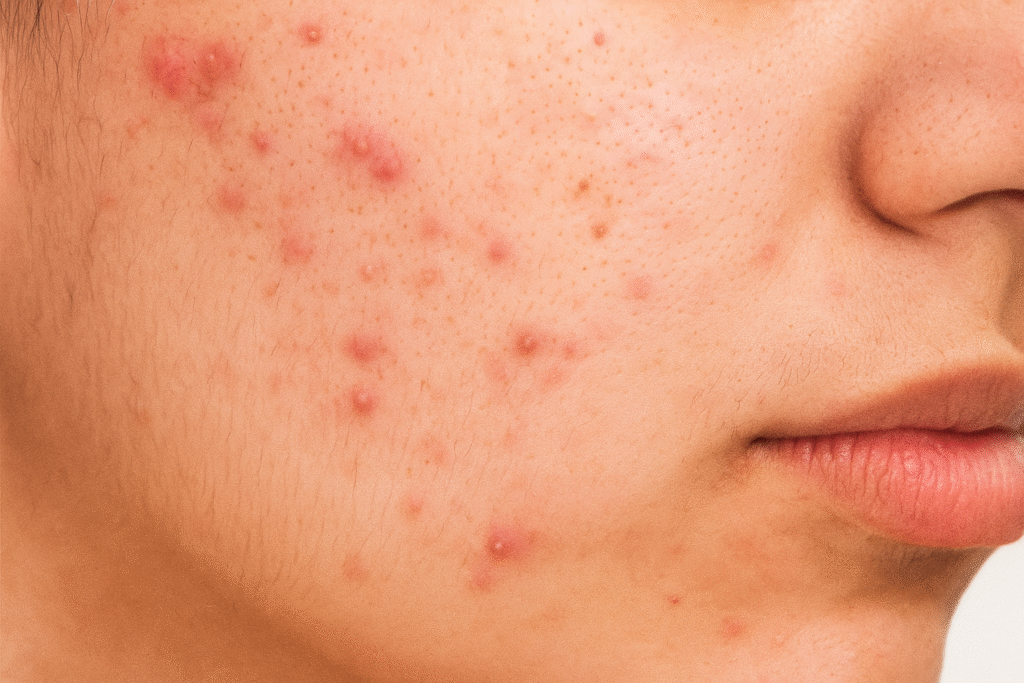
For most adults, acne is a teenage problem. Acne was a nuisance for sure, but not much more than a memory. But maybe you still have acne and feel differently—a lot differently. Do you think about your acne constantly? Do you stay away from social or work situations because of unexpected breakouts? Do you feel […]
How Do Medical Lasers Work?
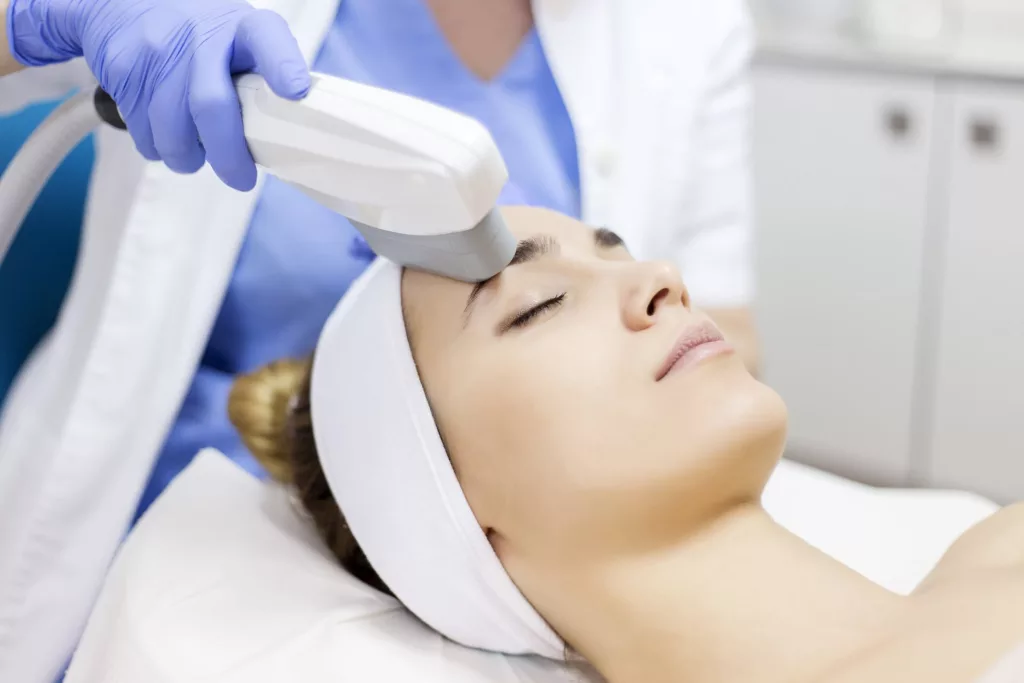
Class IV medical lasers are devices specifically designed to emit various wavelengths of light (visible and non-visible) to treat many different medical conditions. They are the highest-powered type of laser used in medicine and have the potential to cause damage to the skin and eyes if used incorrectly. In the state of California, only licensed […]
What is “Frosting” and Why Does It Happen in Laser Treatment of Sun Spots?
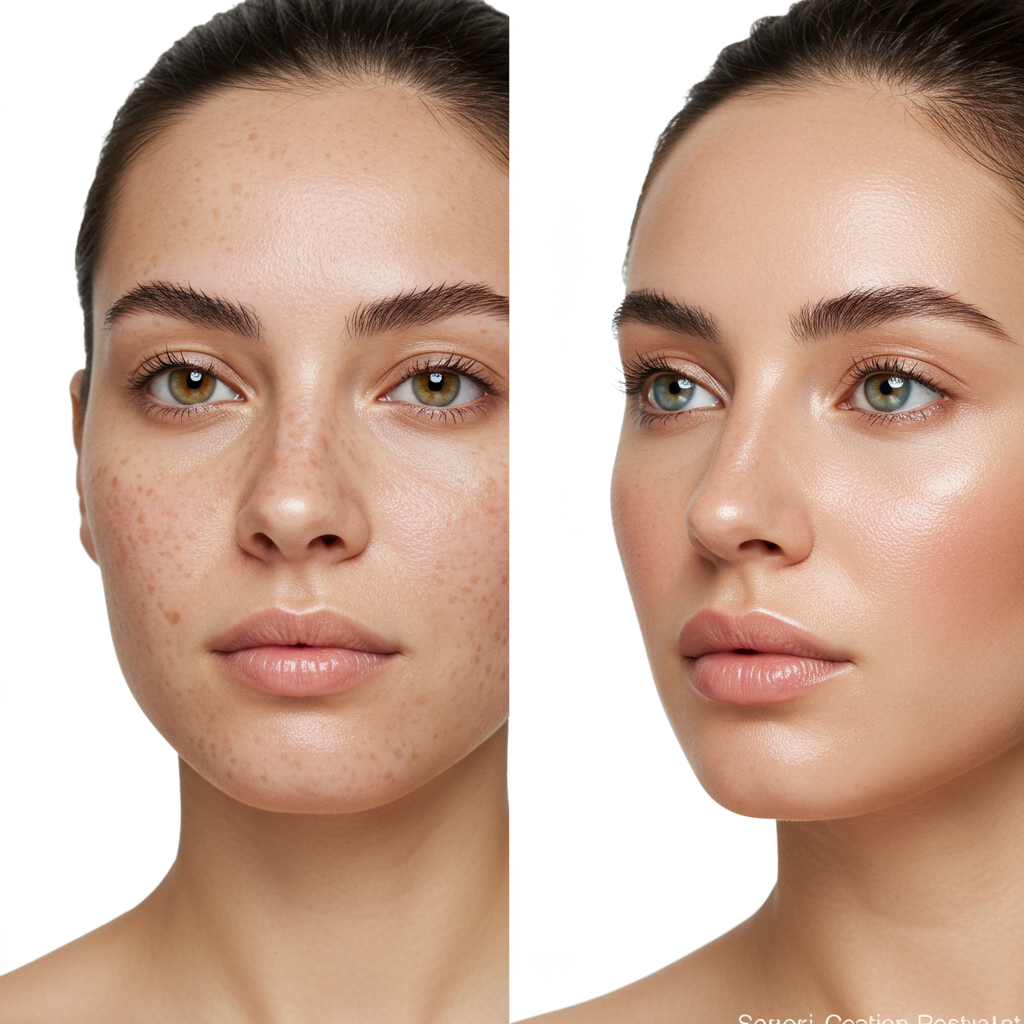
Why Does It Happen in Laser Treatment of Sun Spots Overview | Treatment | Cost You may have heard of or read the term “frosting” when researching laser treatment for age spots, tattoos, or brown birthmarks and thought, “that sounds strange?” And while “frosting” typically conjures up visions of birthday celebrations or winter windshields, in […]
Can Lasers Remove Facial Spider Veins?
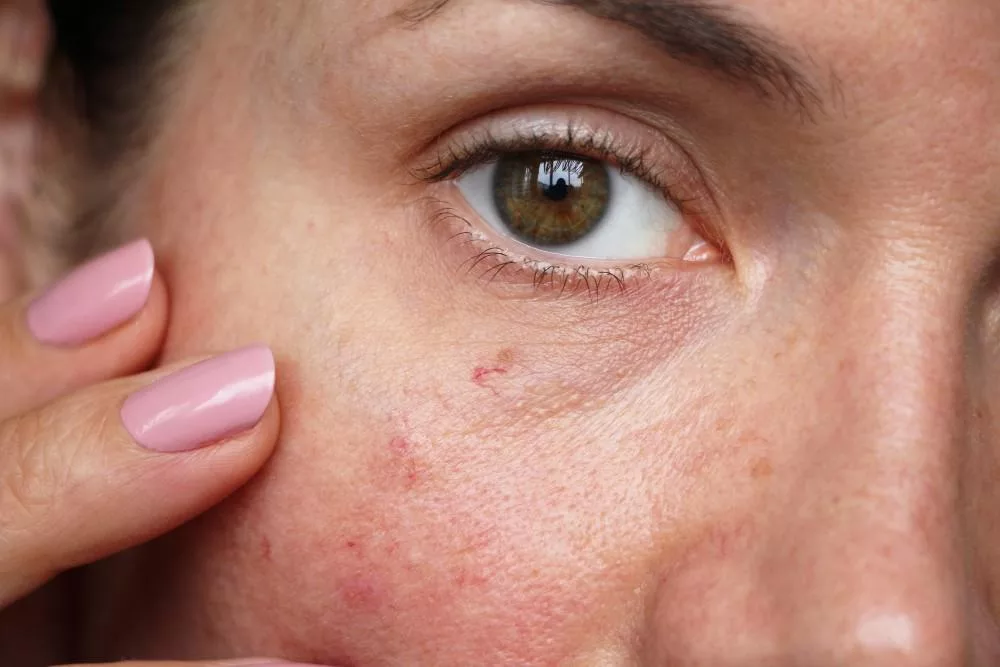
Are you searching for a better way to cover-up and hide unwanted spider veins and broken capillaries on your face? Maybe you spend extra time in the morning applying makeup to hide these pesky red, blue or purple blood vessels only to find that they’re showing again by the middle of the day? If you’re […]
Lasers For Port Wine Stain Birthmarks

We understand how difficult it can be to have a port wine stain (vascular birthmark), especially when it’s on the face. Laser treatments can offer life-changing results, and we are honored to help patients like you through the removal process. At Celibre, our treatment of choice for port wine stain removal is the pulsed dye […]
Which Kinds of Birthmarks Can be Treated with Lasers?

If you have a “birthmark” that you’ve always wanted to get rid of, Celibre Medical and class IV medical lasers can help. Birthmarks come in one of two varieties: red or brown. Port wine birthmarks are red in color because they are made up of blood vessels close to the surface of the skin. Another […]
